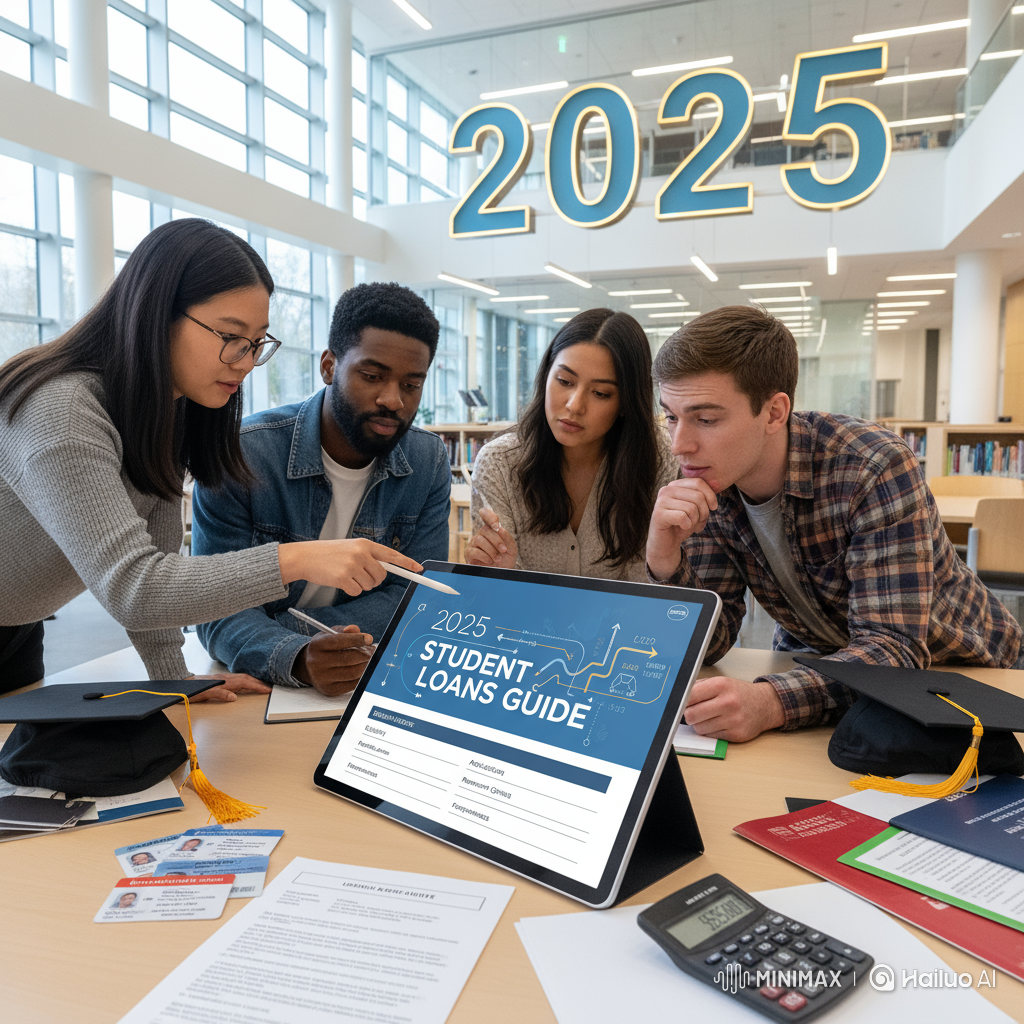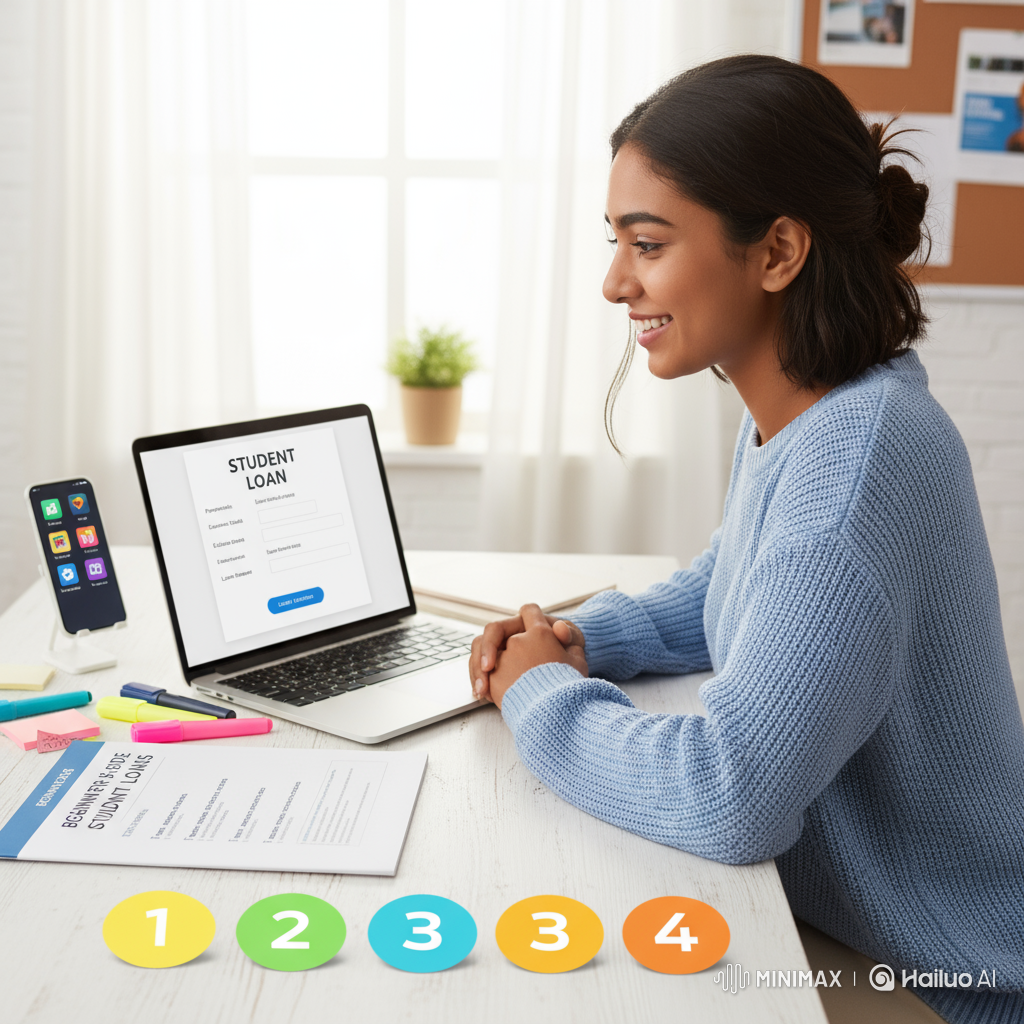Student loan forgiveness has been one of the hottest topics in the U.S. over the past few years — and 2025 brings new updates that every borrower should understand.
As someone who advises students and graduates navigating federal loan forgiveness, I’ve seen how the right program can turn overwhelming debt into real relief.
What Is Student Loan Forgiveness?
Student loan forgiveness means the federal government cancels part or all of your remaining loan balance, usually after you meet specific conditions like working in public service or making years of on-time payments.
It’s not automatic — you must apply, qualify, and maintain eligibility.
Main Forgiveness Programs in 2025
| Program | Who Qualifies | Key Requirement |
|---|---|---|
| Public Service Loan Forgiveness (PSLF) | Government and nonprofit workers | 120 qualifying payments (≈10 years) |
| Teacher Loan Forgiveness | Certified teachers in low-income schools | 5 consecutive years of teaching |
| Income-Driven Repayment (IDR) Forgiveness | Borrowers on IDR plans | 20–25 years of consistent payments |
| Borrower Defense to Repayment | Students defrauded by schools | Proof of misconduct by institution |
In 2025, the Department of Education has expanded automatic IDR payment counts and improved access for previously ineligible borrowers — a huge win for many.
What’s New in 2025
- Permanent IDR Account Adjustment: Borrowers will now get credit for past periods of forbearance and deferment.
- Simplified PSLF Certification: Easier verification through employer data matching.
- Improved Borrower Defense Processing: Faster turnaround on approved claims.
- Fresh Start Program Continuation: Defaulted borrowers regain eligibility for aid and IDR enrollment.
As an advisor, I’m already helping clients update their accounts to ensure these new benefits are properly applied.
Who Qualifies for Forgiveness
To qualify, you typically need:
- Federal Direct Loans (FFEL or Perkins must be consolidated).
- Enrollment in an eligible repayment plan.
- Consistent on-time payments.
- Employment verification for programs like PSLF.
Private loans do not qualify for federal forgiveness.
How to Apply for Forgiveness
- Log into studentaid.gov.
- Complete the appropriate forgiveness application (PSLF, IDR, etc.).
- Upload supporting documentation.
- Continue making payments until approval is confirmed.
I always tell clients: document everything — missing employer certification or payment history is the #1 reason for delays.
Common Mistakes to Avoid
- Assuming forgiveness is automatic.
- Missing annual employment certification.
- Forgetting to consolidate old FFEL loans.
- Not tracking qualifying payments.
One client I advised lost three years of PSLF progress simply because she switched jobs without recertifying — don’t make that mistake.
Expert Tips for Maximizing Forgiveness Chances
- Use the PSLF Help Tool on studentaid.gov.
- Re-certify income and employment yearly.
- Keep paper and digital copies of all approvals.
- Join borrower forums for real-time updates.
FAQs About Student Loan Forgiveness
Are private loans eligible?
No, only federal loans qualify.
Will there be blanket forgiveness in 2025?
Not currently — only program-based relief.
Does forgiveness affect taxes?
Until 2026, forgiven federal debt is not taxable under current law.
Final Thoughts
Loan forgiveness isn’t a myth — but it’s also not automatic. With patience, accurate documentation, and proactive management, it’s absolutely achievable.
In my experience, those who stay informed and organized end up celebrating debt-free much sooner than they imagined.

